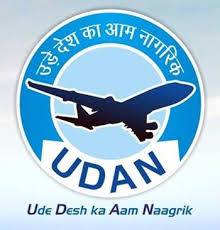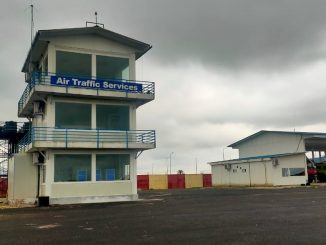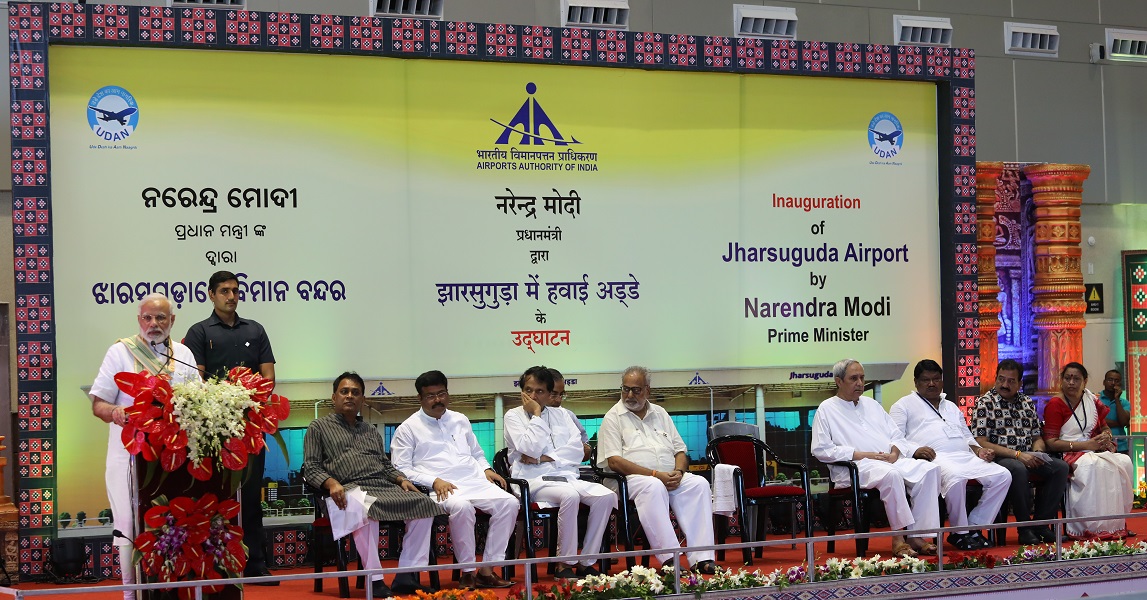
With the launch of Regional Connectivity Scheme (RCS) UDAN—–(‘Ude Desh ka Aam Nagrik’) on 27th April, the aviation sector is set to get a big boost and tap huge market of middle class flyers living in Tier-2 and Tier-3 cities. This is the first-of-its-kind scheme globally which harnesses the power of the markets to provide a public good.
Apart from spurring the economic growth in hinterland, the affordable air services will ensure that the monopoly of elite on air services comes to an end. The UDAN will usher in a new era in fast growing aviation sector by providing low cost air connectivity to untapped routes and connecting un-served and under-served airports. The UDAN will also boost regional connectivity by bringing smaller cities and towns on air map of the country through a market-based mechanism and open this sector to young professionals, small businessmen and students belonging mainly to the vast middle class populations living in these cities and towns.
The primary objective of RCS – UDAN is to facilitate regional air connectivity by making it affordable as stated in the RCS document released by the Ministry of Civil Aviation. The document says that promoting affordability of regional air connectivity is envisioned under RCS by supporting airline operators through concessions by Central or/and State Governments and airport operators to reduce the cost of airline operations on regional routes and other support measures. It also envisages financial viability gap funding (VGF) support to meet the gap, if any, between the cost of airline operations and expected revenues on such routes.
The RCS document also points out that consumption-led growth in populated metros is expected to spill over to the hinterland areas with the Indian economy expanding. The dearer land and labour in the metro cities is likely to lead to shifting of economic activities in smaller cities. Needless to say that air connectivity will provide required impetus to the economic growth of such towns and cities in the years to come.
The UDAN Scheme is a key component of the National Civil Aviation Policy (NCAP) which was released by the Ministry of Civil Aviation in June last year. One of the key objectives of NCAP-2016 is to “establish an integrated eco-system which will lead to significant growth of civil aviation sector, which in turn would promote tourism, increase employment and lead to a balanced regional growth”. Though it seeks to sustain and nurture a competitive market environment in the civil aviation sector, it was felt that encouraging regional air connectivity would be desirable from a public policy perspective and may need financial support, at least in the initial period, to trigger participation of players. It is in this context that NCAP 2016 provided for a Regional Air Connectivity Scheme.
The UDAN Scheme was developed through extensive consideration of various issues and consultations with stakeholders. UDAN recognizes the challenge of high costs faced by regional operators. Accordingly, the scheme brings down the operating cost for an airline by reducing taxes on aviation turbine fuel (ATF) and airport and other charges. The winning bidder gets three year exclusivity on the route so that the route can be matured and made profitable. The scheme uses the power of markets to find out the lowest subsidy on the route.
It is being executed by the Airport Authority of India (AAI), the implementing agency, through a market mechanism where operators assess demand on routes; submit proposals for providing connectivity on such routes; while committing to certain minimum operating conditions. During the first round of bidding, AAI followed a transparent process by inviting interested bidders and airline operators to submit their Initial Proposals under the provisions of Regional Connectivity Scheme and subsequently inviting counter proposals against such Initial Proposals. The routes and networks were awarded to bidders who submitted valid proposals and quoted the lowest viability gap funding (VGF) from the government for such routes and networks.
Prime Minister Shri Narender Modi flagged off UDAN at picturesque tabletop airport Jubbarhatti in Himachal Pradesh around 25 kms from the state capital Shimla. The first Alliance airlines aircraft landed at Jubbarhatti airport from Delhi after a gap of around five years. The Prime Minister also inaugurated flights on the Kadapa-Hyderabad and the Nanded-Hyderabad sectors through a video conference. Trujet, a regional airline started air services between Nanded-Hyderabad and Kadapa-Hyderabad sectors. Announcing the launch in a series of tweets, the Prime Minister said the airfare for a one-hour journey of 500 km has been capped at Rs. 2,500, which will be an all-inclusive charge. For longer routes and flight duration, the pricing may vary. The Prime Minister rightly said that aviation was once considered the domain of a select few, but that has changed now with the advent of UDAN.
After the first round of bidding, five airlines have been awarded 128 routes. The initially chosen airports spread across more than 20 states and Union Territories including Karnataka, Puducherry, Gujarat, Andhra Pradesh, Tamil Nadu, Himachal Pradesh, Maharashtra, Uttar Pradesh, Punjab, and Madhya Pradesh will be connected under the UDAN. The airports that will be connected to each other under the scheme include Shimla, Bhatinda, Neyveli, Bilaspur, Cooch Behar, Nanded and Kadapa. Of the total 70 airports selected under the scheme, 24 airports are in the western region, 17 in the north, 11 in the south, 12 in the east and 6 in regions of the northeast. Under the scheme 27 currently served airports, 12 currently under served airports and 31 currently unserved airports (total of 70 airports) will resume air services. Several more sectors are likely to get the flights under UDAN scheme in the next rounds of bidding.
About: Dr G.L.Mahajan is a communication expert and an independent journalist. Earlier, he was associated with the public relations department of Himachal Pradesh government.






Leave a Reply
You must be logged in to post a comment.